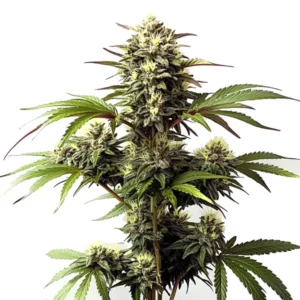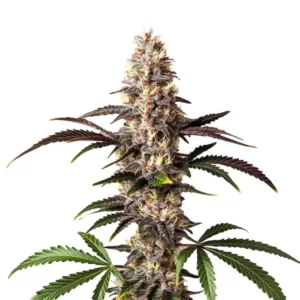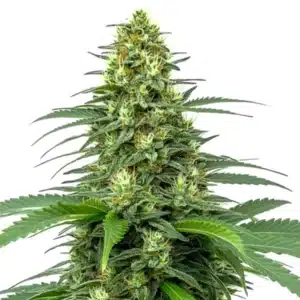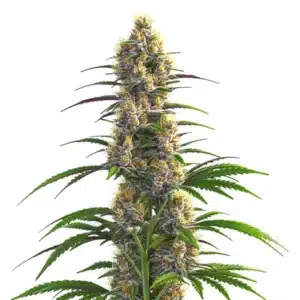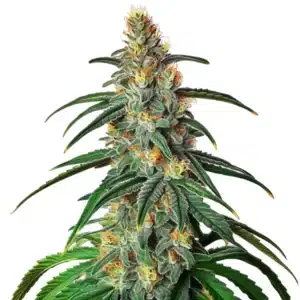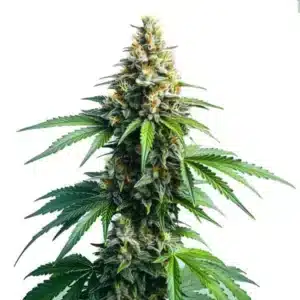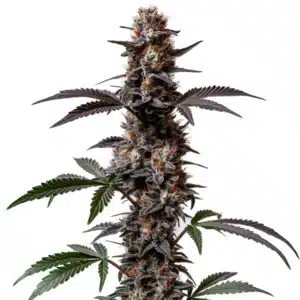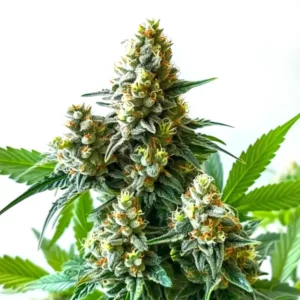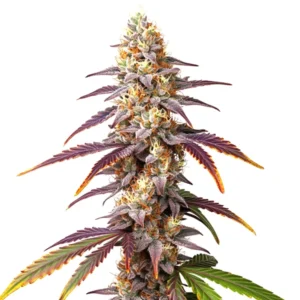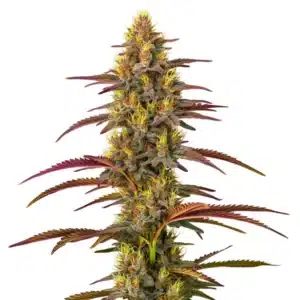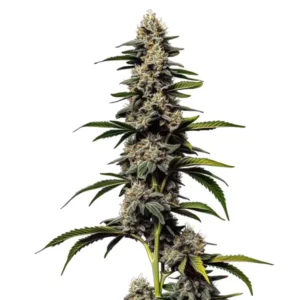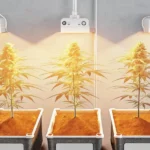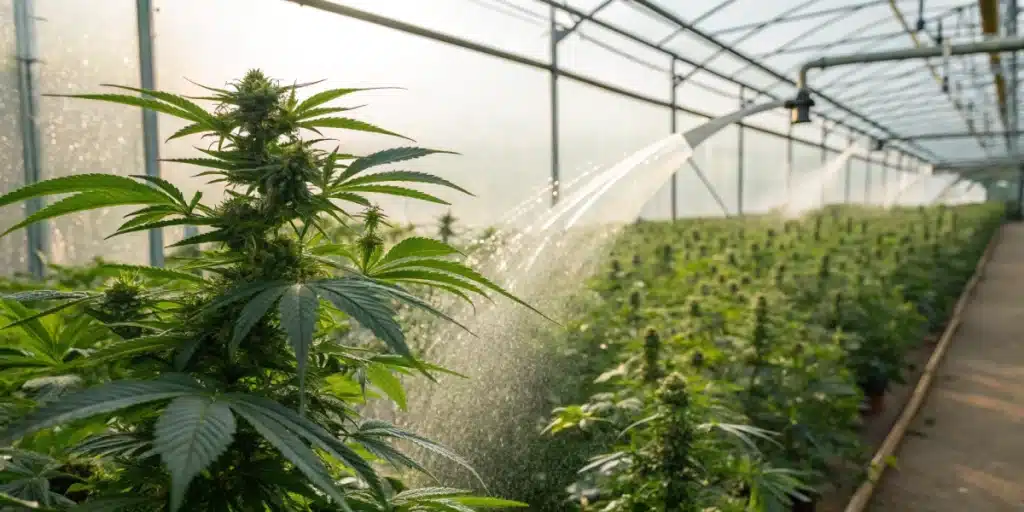
Cannabis Drip Irrigation System: A Guide to Cannabis Cultivation
Irrigation and Pest Control
Cannabis Drip Irrigation System
When it comes to cultivating cannabis, a well-designed irrigation system can make all the difference. The cannabis drip irrigation system is a method that delivers water directly to the roots of your plants. This targeted approach ensures that your cannabis plants receive the right amount of moisture without the wastage that can occur with traditional watering methods. Not only does this system conserve water, but it also minimizes leaf diseases and pest problems related to overwatering.
Setting up a cannabis drip irrigation system involves a series of tubes, emitters, and a water source. The emitters are strategically placed near the base of each plant, allowing for precise watering that can be adjusted based on the plant’s needs. This technique is especially beneficial during the flowering stage, as it helps maintain optimal moisture levels that support bud development.
Recommended Strains
Alaskan Purple
|
|
THC | 15% - 20% (Medium) |
|
|
Type | Feminized |
|
|
Yield | Medium |
|
|
Phenotype | 70% Indica / 30% Sativa |
Alaskan Thunderfuck
|
|
THC | 16% (Medium) |
|
|
Type | Feminized |
|
|
Yield | Medium |
|
|
Phenotype | 40% Indica / 60% Sativa |
Organic Pesticides for Cannabis
In conjunction with a robust irrigation system, pest control is paramount for healthy cannabis cultivation. Organic pesticides offer a safer alternative to chemical options, which can leave harmful residues on your plants. Utilizing organic solutions not only protects your cannabis but also appeals to environmentally conscious consumers.
Many growers turn to neem oil, insecticidal soaps, and botanical extracts as effective organic pesticides. These products work by either repelling pests or disrupting their life cycles. Incorporating these into your routine can help maintain the health of your cannabis plants while ensuring a clean growing environment.
Promos & Deals
Breeding and Fertilizer Strategies
How to breed high-CBD cannabis strains
Breeding cannabis for specific traits, such as high CBD content, requires a keen understanding of genetics. To create high-CBD cannabis strains, select parent plants that exhibit desired characteristics. This selection process often involves trial and error, as you’ll need to crossbreed different strains to achieve your goal.
Once you’ve identified potential parent plants, it’s essential to monitor the offspring closely. Look for phenotypes that show promising CBD levels and desirable growth traits. This process can take time, but the rewards are worth it for growers who aim to produce medicinal cannabis tailored for therapeutic use.
Fish Fertilizer for Cannabis
Fish fertilizer has gained popularity among cannabis cultivators due to its rich nutrient profile. Packed with nitrogen, phosphorus, and potassium, fish fertilizer helps to promote robust plant growth and enhance overall health. When using fish fertilizer, it’s crucial to apply it correctly to avoid nutrient burn.
Mixing fish fertilizer with water creates a nutrient-dense solution that can be applied via your cannabis drip irrigation system. This ensures even distribution of nutrients throughout your plants, promoting healthy growth and maximizing yield potential. Additionally, the organic nature of fish fertilizer aligns with the growing demand for sustainable cultivation practices.
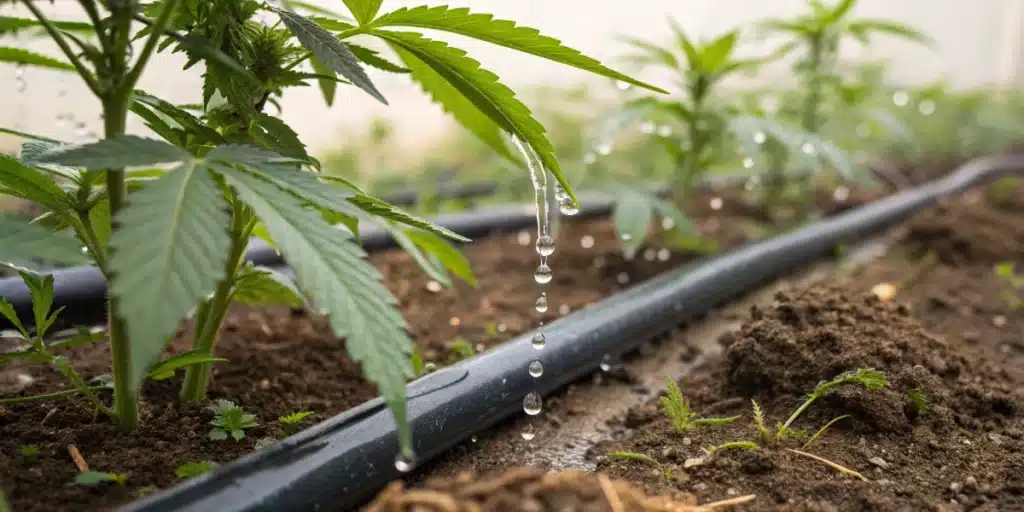
Fertilization Timing and Frequency
When to Fertilize Cannabis & How often Should i Fertilize Cannabis
Understanding when to fertilize cannabis plants is essential for achieving optimal growth. Generally, the vegetative stage is the best time to introduce fertilizers, as plants require more nutrients to support their rapid growth. During this stage, feeding every two weeks is advisable, adjusting frequency based on plant response.
As plants transition into the flowering stage, their nutrient needs change. At this point, it’s crucial to shift your fertilization strategy to promote bud formation. Most growers find that reducing the frequency to every three weeks during flowering yields great results. Monitoring plant health and adjusting your schedule accordingly will ensure your cannabis thrives.
Best Fertilizer for Cannabis Vegetative Stage
Choosing the best fertilizer during the vegetative stage can significantly impact your cannabis plants’ growth. Look for a balanced fertilizer with a higher nitrogen content, as this nutrient supports leaf growth and overall plant vigor. Organic options, such as compost teas or seaweed extracts, can also provide a nutrient boost without the risk of chemical buildup.
Applying fertilizers through a cannabis drip irrigation system allows for an even distribution of nutrients, minimizing the risk of over-fertilization. By fine-tuning your fertilization approach based on the specific needs of your plants, you can help ensure a thriving cannabis crop.
Growth and Root Enhancement
Boosting Auxins in Cannabis Plants
Auxins are vital plant hormones responsible for cell elongation and growth. Enhancing auxin levels in cannabis plants can lead to increased root development and overall plant health. Techniques such as pruning, providing adequate light, and using rooting hormones can help boost auxin production.
For growers utilizing a cannabis drip irrigation system, consider incorporating auxin-promoting products into your watering routine. This approach ensures that your plants receive the necessary hormones directly at their root zone, fostering faster growth and a more robust root system.
Ging Young Cannabis Plants Rooting Powder for a Boost & Root Booster for Plants
Rooting powders are designed to stimulate root development in young cannabis plants. These products typically contain hormones such as indole-3-butyric acid (IBA), which promote root formation. Applying rooting powder during the early stages of growth can significantly enhance the stability and health of your plants.
A root booster is another effective tool for cannabis cultivation. It supplies essential nutrients and beneficial microbes that encourage root growth. By combining rooting powder with your cannabis drip irrigation system, you can create an optimal environment for your plants to thrive from the very beginning.
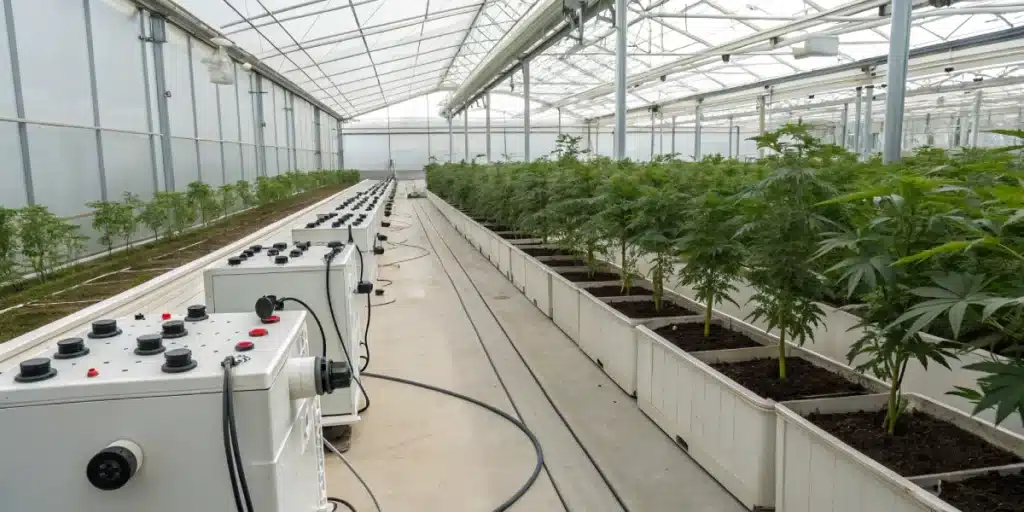
FAQs about Best Microbes for Cannabis
What are the best microbes for cannabis?
The best microbes for cannabis cultivation include mycorrhizal fungi and beneficial bacteria such as Bacillus and Rhizobium. These microorganisms form symbiotic relationships with cannabis roots, enhancing nutrient uptake and improving overall plant health.
Which beneficial microbes work best for cannabis?
Beneficial microbes like Trichoderma and Pseudomonas can help suppress harmful pathogens and promote healthy growth. These microbes work by enhancing the plant’s natural defenses and improving soil structure, creating a more favorable environment for cannabis cultivation.
How to test for microbes and bacteria in cannabis?
Testing for microbes in cannabis can be done through soil or leaf sampling and laboratory analysis. Numerous commercial labs offer microbial testing services that can provide insights into the health of your plants and soil. Keeping tabs on microbial populations can help ensure a thriving cannabis crop.


